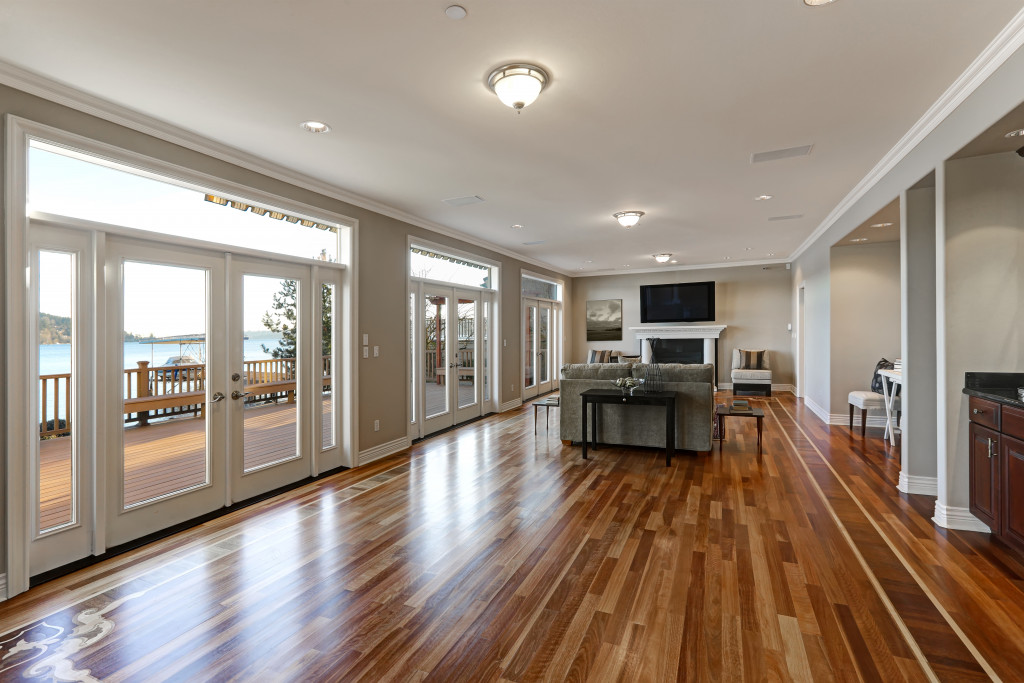One of the main dilemmas that many future tiny house owners face is selecting the right type of flooring for their new home. Every type of flooring material has its own advantages and disadvantages, not to mention the differing price points that can significantly affect the price of the whole project.
That said, to make things easier for tiny home enthusiasts, here are some of the best types of flooring that you can choose from, as well as their pros and cons:
Hardwood
Hardwood is one of the most common choices for flooring material in Wimbledon and other places, even if it’s not for a tiny house. Mainly because of its appearance, hardwood floors are seen as a classic choice, even luxurious, in most cases. But is it the best choice for a tiny house? Yes and no. Here’s why:
Pros: Hardwood is beautiful, and wider planks can make a tiny house look bigger. It can also last for years due to its strength.
Cons: This type of flooring is susceptible to scratches, which makes it not ideal for high-traffic areas. In the case of a tiny house, all areas are high-traffic areas.
Laminate
Laminate flooring is known for being cost-effective and versatile. It is made to look like wood but without the drawbacks of real wood, hence, it is made with synthetic materials. For a tiny house, laminate flooring is one of the best materials you can get.
Pros. Laminate flooring is fairly cheap, easy to install, and resistant against scratches and moisture.
Cons: Even if a laminate is made to look like real wood, it still looks somewhat synthetic. Moreover, laminate is not easy to repair. If it gets damaged, you would need to replace the piece entirely.
Concrete
If you plan to build your tiny house in an area with a warm climate, stained concrete is the way to go. However, if you live in a cold area, you can install heating underneath. Apart from being relatively inexpensive, concrete is durable and very easy to maintain.
Pros: Concrete does not let dust, dander, and dirt accumulate easily. Moreover, there are a lot of options with which you can stain concrete. It is also extremely durable.
Cons: Concrete can crack over time, which can be due to changes in temperature or excess moisture in the ground. It is also hard and unforgiving, so you don’t want to drop anything on it.
Vinyl

Vinyl flooring is another strong contender on this list, albeit not the best. But if you want a low-cost flooring material, vinyl is definitely worth considering.
Pros: Vinyl offers a good level of durability and versatility for its price. In a tiny house, it can minimize noise and simulate the appearance of real wood.
Cons: If you drop something sharp on a vinyl floor, the object can easily tear through. Moreover, vinyl is not very resistant to direct sunlight.
These are just some of the flooring options you can have for your tiny home, but these are the best ones you should consider. Take the time to research each option before you decide. Remember that a tiny house is a sizeable investment, and finding a flooring you can live with for years is as essential as choosing the rest of the building materials.

